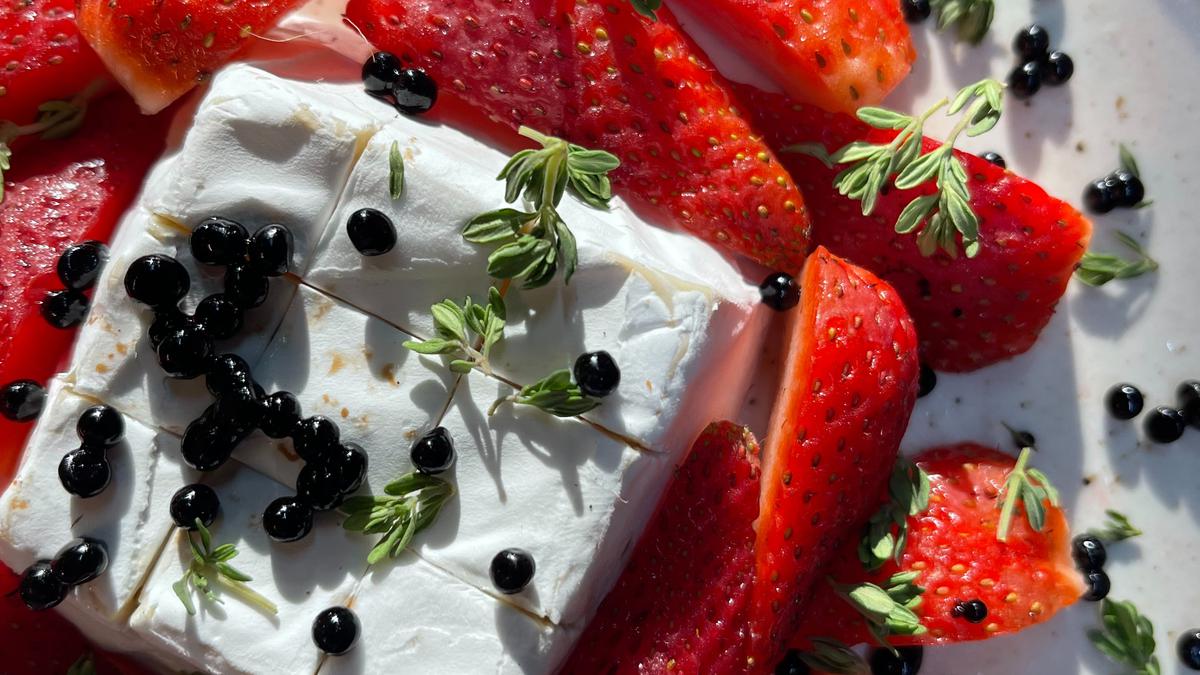
Meet the pastoralists crafting cheese that’s proudly Indian
The Hindu
Discover the emerging cheese culture in India rooted in pastoral traditions and indigenous techniques at Desi Dairy Dialogue in Chennai.
India may be the largest milk producer on the planet, but cheese culture in the country is still in its infancy. Save for traditional cheese likechurpi in Sikkim,kalari and qudam from Kashmir, bandel and its smoked version from Bengal, most cheese consumed is not inspired by indigenous technique.
A recent Desi Dairy Dialogue in Chennai, at The Farm, brought together cheese makers, pastoral dairies, cheesemongers and fermentation specialists to share their journeys, inspired by Indian pastoral traditions.
At the event, Trevor Warmedahl, a nomadic cheese maker explains how he encourages natural fermentation over using pasteurised and refrigerated milk, treated with rennet, in the tradition of Rajasthan’s camel herding Raika, the Maldhari and Rabari herdsmen of Kutch, and the goat herding communities in Maharashtra, all of whom he has visited. “In old cheese making traditions, the raw milk holds the magic of natural microbes that helps the milk coagulate, to create a variety of cheese,” Trevor says.
For Mansi Jasani, founder, The Cheese Collective, Mumbai, cheesemaking in India must celebrate its roots and pastoral traditions. “Cheese for me is earth and magic. It is something so intrinsically connected to the land in a grand way and yet it is made of some of the simplest ingredients,” she says.
Meet the cheesemakers who use traditional knowledge to craft contemporary cheese.
Panchal Dairy in Gujarat, follows pastoral cheese making, using goat and sheep milk, available in plenty from local herding communities.
Started in 2022 by two Maldhari pastoralists, Arpan Kalotra and Bhimsinhbhai Ghanghal, the venture translates their rich dairy culture into value added products. Terroir driven flavours of goat milk are transformed into chevre, feta, halloumi, tomme de Sayla (semi hard cheese with notes of butterscotch), tymsboro (French style lactic cheese coated with ash and aged for five-seven weeks) and St. Marcellin ( bloomy rind, goat milk cheese matured for 3-5 weeks). Sheep milk is turned into ricotta, pecorino fresco, roquefort (rich and metallic, a characteristic of penicillium roquefort, the blue mould) and machego.











